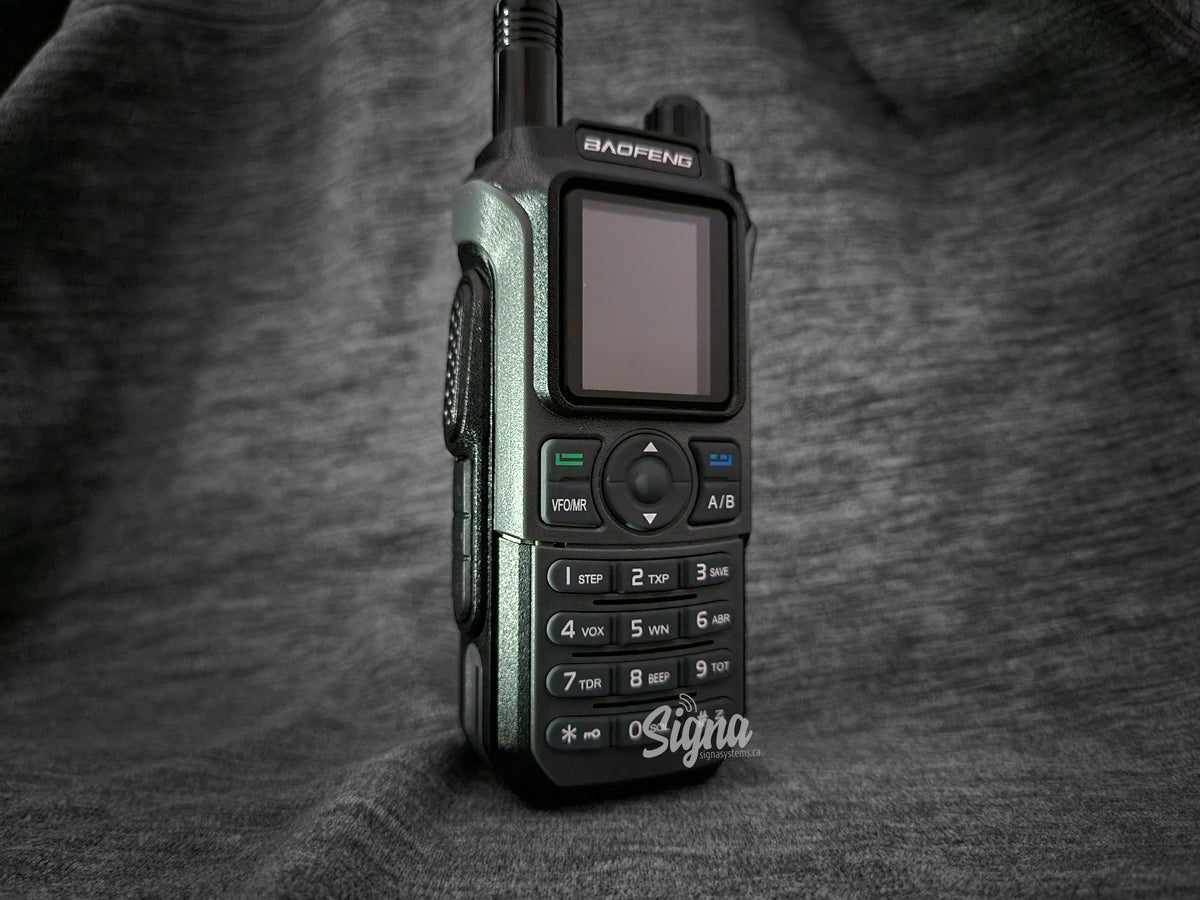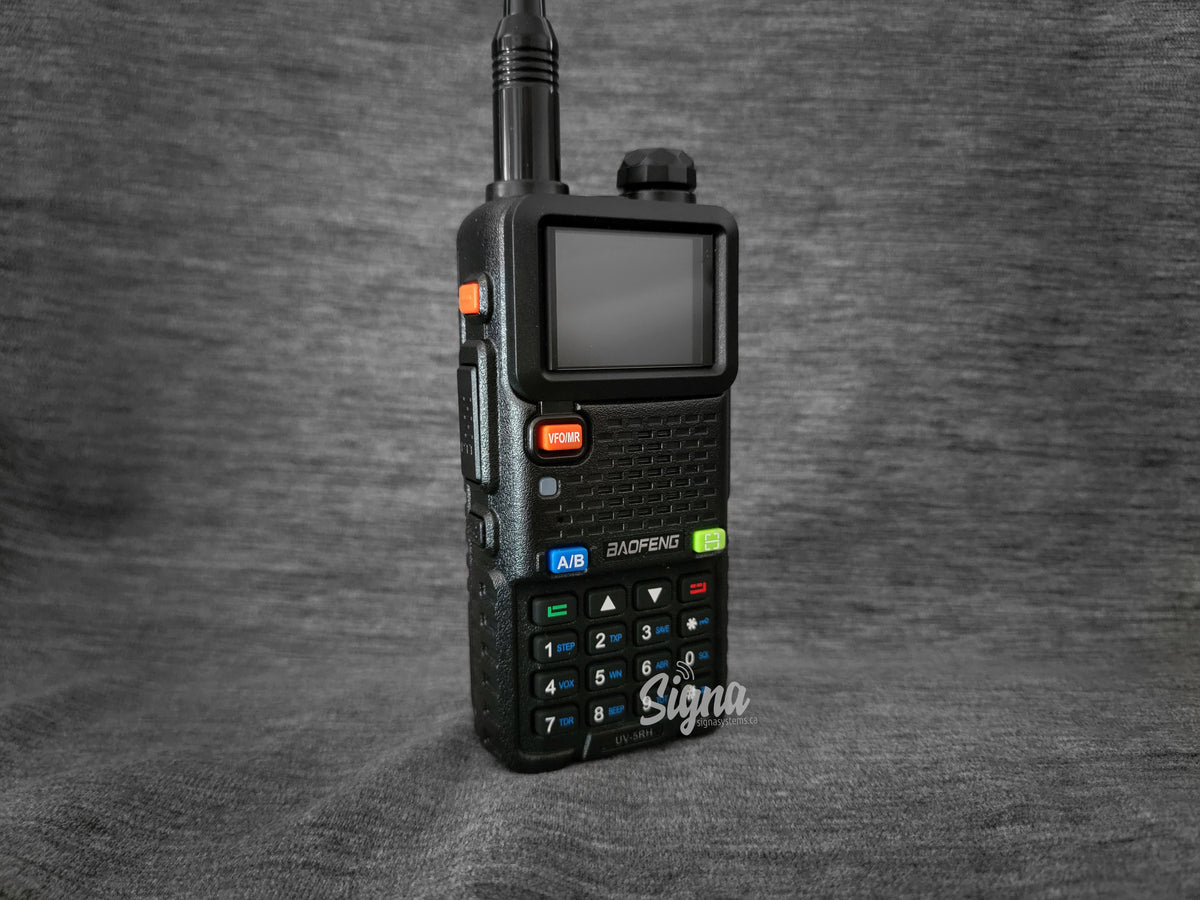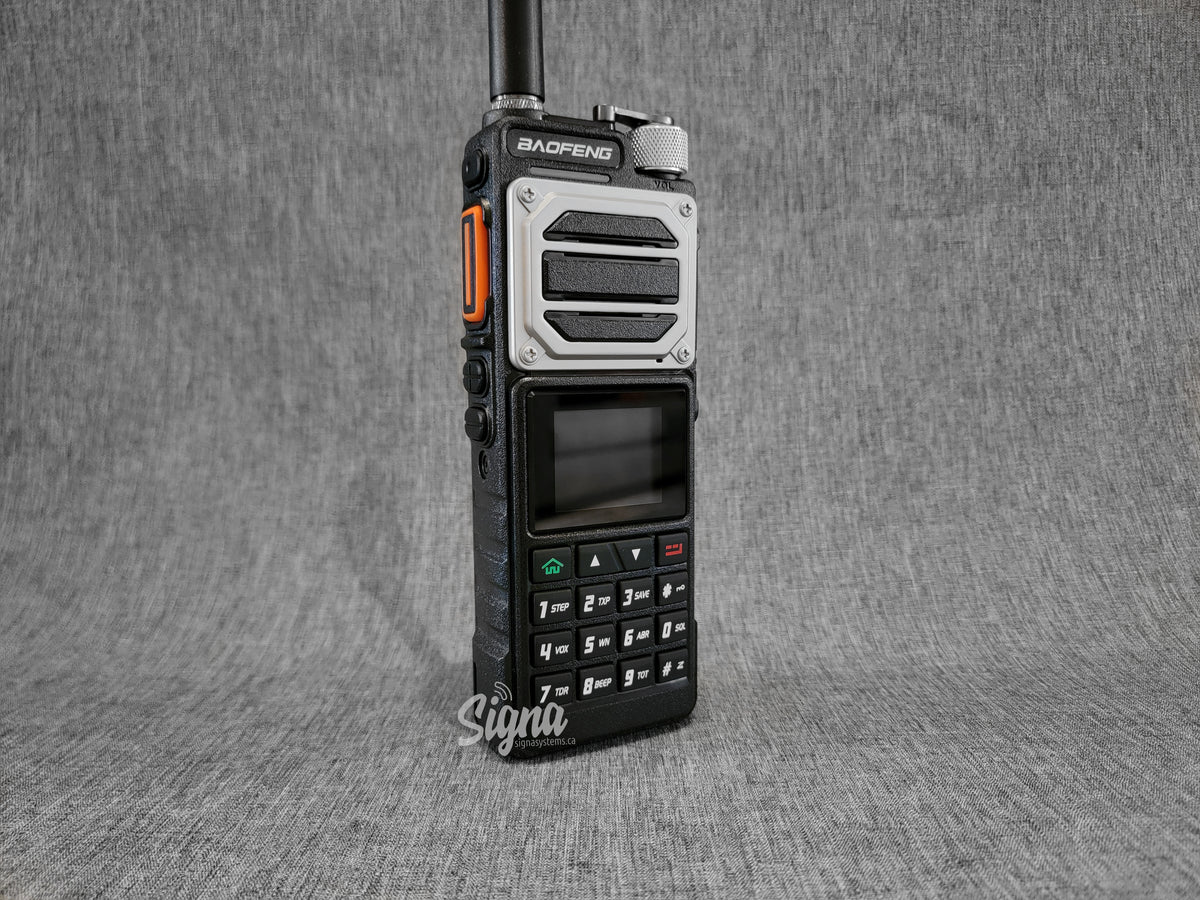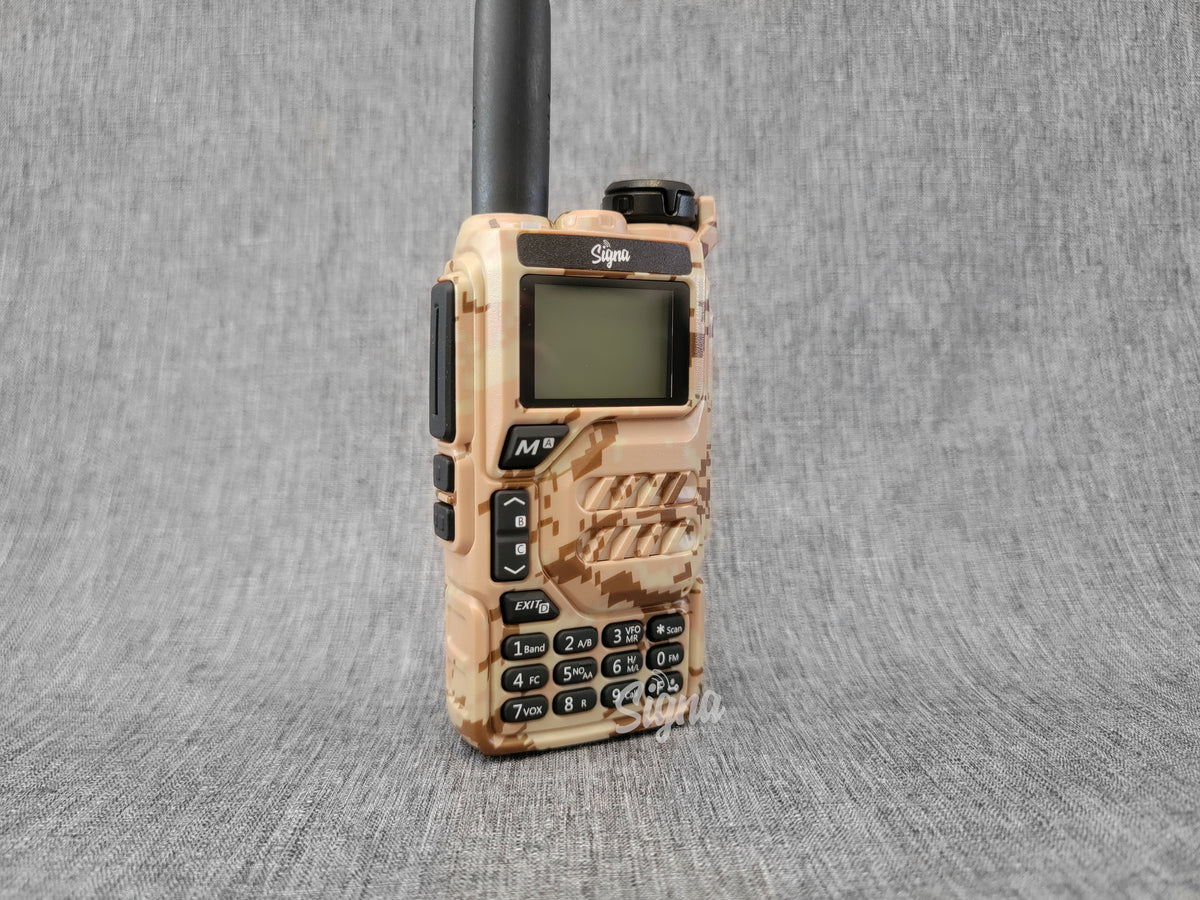One of the most common questions we get at Signa Systems is: "What is the range of this radio?" While it's tempting to give a straightforward number, the reality is, there's no exact answer. The range of VHF (Very High Frequency) and UHF (Ultra High Frequency) radios depends on several factors that vary from one environment to another. Here’s a breakdown to help explain why.
Key Factors That Affect Range
Terrain
- VHF radios work best in open, flat areas. Their signals can travel longer distances without obstruction, making them ideal for outdoor use in rural or flat regions.
- UHF radios are better suited for urban or indoor environments because their higher frequency can penetrate buildings, walls, and other structures more effectively.
Obstacles
- Trees, Buildings, and Hills: These can all obstruct signals, especially for VHF radios. If you're in a forested area or surrounded by buildings, your range will likely be reduced.
- In contrast, open spaces—like fields, deserts, or over water—allow signals to travel further.
Weather Conditions
- Weather can also influence radio range. Heavy rain, fog, or extreme atmospheric conditions can cause signals to degrade, shortening the distance your radio can effectively communicate.
Power Output
- The wattage of your radio impacts range. Higher power output generally extends range, but this also depends on the antenna setup and terrain. For example, a 5-watt UHF radio might cover several kilometers in open areas but much less in dense urban zones.
Antenna Quality and Placement
- Antenna type and placement make a huge difference. A well-positioned antenna on top of a hill will provide much better range than one surrounded by obstacles at ground level.
Line of Sight
- Both VHF and UHF radios perform best when there's an unobstructed line of sight between the transmitting and receiving radios. The clearer and more direct the path, the better the range.
What Can You Expect?
In Open Spaces: With ideal conditions, VHF radios can reach up to 16-32 kilometers, while UHF radios can reach 8-16 kilometers. However, these ranges can vary significantly based on the factors mentioned above.

In Urban or Forested Areas: Expect a reduced range. In densely forested or urban areas with lots of buildings, the range might drop to 1.5-5 kilometers for UHF and even less for VHF.

Why There's No One-Size-Fits-All Answer
Since so many variables affect range, it's impossible to provide a fixed number for each radio. Instead, we recommend considering where and how you'll be using your radio. For outdoor use in open areas, VHF may be the better choice for long-distance communication. For indoor or urban use, UHF is generally more reliable.
At Signa Systems, we carry a variety of VHF and UHF radios, including GPS-enabled models, to suit your specific needs—whether you're hiking in the mountains or managing a construction site. If you have questions about which radio is right for you, feel free to get in touch!




